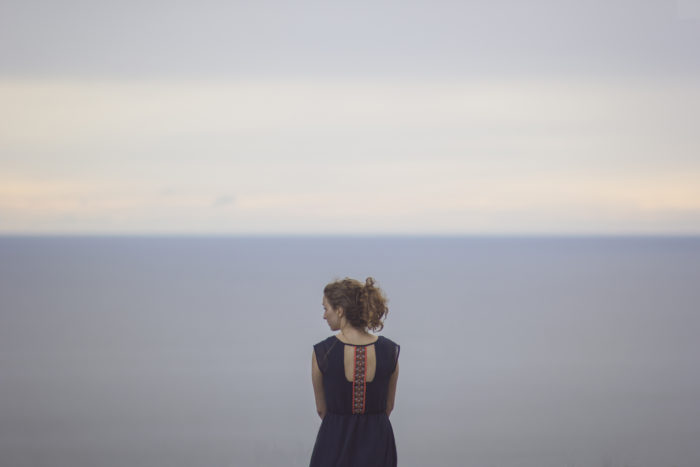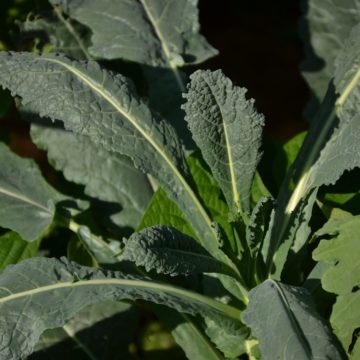
How I learned to embrace my scars–visible and invisible–and move toward healing.
In addition to being brave, selfless, and generally amazing, my mother is the epitome of overprotective. When I was a baby, she was terrified of letting me play outside in case I hurt myself and, God forbid, got a scar. I remember like it was yesterday the time when I was running on the sidewalk in flip-flops, tripped, and scraped my knee, top of my foot, and hand. She was devastated: “Look at the scars you’ll have now!” she cried in harmony with my crocodile tears. As a child in the low single-digits, I was already aware of the pain that came from injury, and now I understood the other, more mature components: shame, and how it can stick around much longer than the original boo-boo.
With this mentality, I entered the world on my own, cautious to say the least about getting hurt in any way: emotionally, physically, psychologically. And although I wasn’t immune to injury from myself and others, I became really good at hiding my scars. I could make myself numb to feeling–anything–which prevented me from having deep relationships with people who, as humans, are full of feelings that sometimes clashed with mine. As a dancer and generally active/fit person (not to mention clumsy; that early fall was the first of many I’ve taken just walking down the street…), I couldn’t avoid injuries here and there–everything from strained muscles and loose toenails to baseball-sized bruises and knee scrapes–but thought I was invincible. No matter how much pain I was in, I rarely took a break from my activities. I thought that by ignoring these wounds, they’d just cease to exist; I didn’t believe that I needed to heal.
The cumulative effect of this turning away from reality began to interfere more markedly in my life several months ago (probably before that, but as I say, I wasn’t acknowledging it). I thankfully haven’t seriously injured myself to the point of needing surgery, and caught just in time the signs of several repetitive stress injuries, which are the result of over- or misusing body parts and, like a thief in the night, sneak up on you only once all of your cartilage or soft tissues have disintegrated enough to cause pain, and most of the time are irreparable. These little but relentless aches and pains started taking a toll on my well-being. As a healthy person in her late twenties, not being able to stand or sit because of a hip impingement, or lift your arm because of a pinched nerve, or run because of tendonitis, or eat a kale salad in August because of digestion problems, is just not right. I was miserable and grumpy all the time, and through other means had realized that those little twinges of pain in my body were also present in my emotional life, in how I behaved toward other people and myself. I also saw in people I loved how they lived with pain for years when their injuries had gone too far, and knew I couldn’t live like that. So I decided it was time to do something.

Saying no to kale was a devastation at first, but worth the temporary hiatus.
Or rather, it was time to not do something. I knew I needed to heal, and the only way to do that was to rest, recover, and reset. In yoga, I became friends with the blocks and blankets I’d shunned, at last embracing the comfort and modifications they afforded me; I realized it was okay to take Viparita karani (legs up the wall pose) instead of a 3-minute headstand. I didn’t even go to class for a few days when I knew the repeated downward-facing dogs would aggravate my neck. I changed my diet for a whole month with an Ayurvedic detox so that my sky-high Vata levels would come down to normal with an infusion of nourishing, grounding Kapha. I reached out to people from whom I’d grown distant, hoping to reconnect and rebuild our former bonds.
All of this took time and was uncomfortable in ways. I wanted to quit and felt ashamed at my “taking it easy” almost every day. But healing, like an injury itself, is only temporary, and if you do it the right way from the start the anti-scars your body forms will last even longer, and be even more beautiful because they represent the kindness and love you gave yourself.

With or without crystals, healing is possible if you let your body do what it was designed to.
In thinking about this piece, I found myself looking at the back of my right hand and right foot at the scars I got when I was just a little girl. They’re still there, faint em-dashes etching proof of my transgression on my skin, but I no longer feel ashamed of them. They’re reminders of my mortality, and also proof that I can move beyond things that seem beyond repair at the time. I can heal, and per the Sanskrit adage heyam dukham anagatam, I know that in treating myself well–in times of sickness and health–future pain is avoidable, as long as you look present pain square in the face and embrace its redemptive powers.
Also by Jen: Inspired Living: 3 Ways to Be Rich in Life
Related: Mindfully Healing an Injury with Ashtanga Yoga
The Best Lesson I Had on Healing Relationships
Get more like this—Subscribe to our daily inspirational newsletter for exclusive content!
__




